BY WAYNE ELDERTON
NEW ‘TWO-PRONGED’ SERIES
We are continuing with running two series at the same time.
- The first short piece below will be exploring the role of player motivation in coaching.
- The second series will feature a link each month to an article from the series called: ‘Coaching Feedback’. What, when, and how a coach delivers feedback can make or break the effectiveness of players learning.
PLAYER MOTIVATION:

In this series, we explore the concept that the motivation level of your players is actually the most important foundation for their development. The majority of coaches are all about delivering skills often to the exclusion of dealing with the critical motivation issues.
The goal is to avoid the potential mismatch between a players’ motivation level and the skill level of the program they are in. Higher-level skill programs need more motivation since more commitment and work is required. A mismatch increases the potential for players to drop out.
The solution is to start to profile your players as to where they are on what is called the ‘Passion Continuum’. For our program, we have tweaked it a bit to make our own F.A.M.E. Scale (Focus, Attitude, Motivation, Effort). The levels include:
- Interested in tennis (they are fine to try it)
- Likes tennis
- Committed to tennis
- Passionate about tennis
Moving Players from ‘Committed’ to tennis to ‘Passionate’ about tennis:
The ultimate state to be in regarding any activity is to be passionate about it. When one is passionate, they can tolerate things that others would even consider ‘unpleasant’ in order to do whatever it takes to continue and improve their performance. They will apply ‘Deliberate Practice’ (click here for an additional article on Deliberate Practice).
However, being passionate about an activity isn’t a permanent state. It takes continued opportunity and nurture. The key to progressing a player from committed to passionate is about ‘inspiration’. The coach can inspire their players by ensuring they express full belief in the player as a performer. They need to influence the players’ beliefs, attitudes, values and behaviours to keep them accountable to their passion. Players with passion are also much more agreeable to set goal commitments. Achieving these goals creates a ‘momentum of success’ that keeps the flames of passion for tennis burning.
See our new acecoach resource, ‘Learning about Learning’ manual for a fuller treatment of these concepts. This is a new eLearning booklet I have created that contains plenty of information about moving players through the Passion Continuum as we have been discussing: Learning About Learning
COACHING FEEDBACK SERIES: PART 8-Feedback Modes
Coaching feedback is a ‘power tool’ required by coaches. Therefore, coaches need to be masters at the art and science of feedback.
This article covers three basic modes of feedback and how they can be maximized by incorporating all of them into your coaching feedback: Coaching Feedback Series | Part 8
Next issue: More Passion Continuum discussion and article #9 in the new Coaching Feedback series.
Stay tuned!
Try this while you coach tennis this week and keep moving along in the journey to 21st Century coaching.
Read Part 1 Helping You Coach – New ‘Two Pronged’ Series
Read Part 2 Helping You Coach – Motivation Feedback
Read Part 3 Helping You Coach – Outcome vs. Process
Read Part 4 Helping You Coach – Internal vs. External Feedback
Read Part 5 Helping You Coach – Purposeful Feedback
Read Part 6 Helping You Coach – Positive Feedback
Read Part 7 Helping You Coach – Motivation Feedback


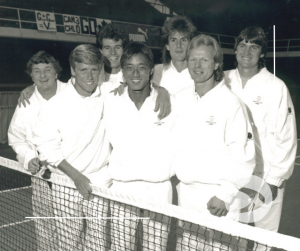
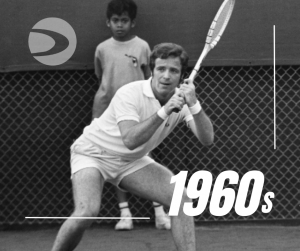

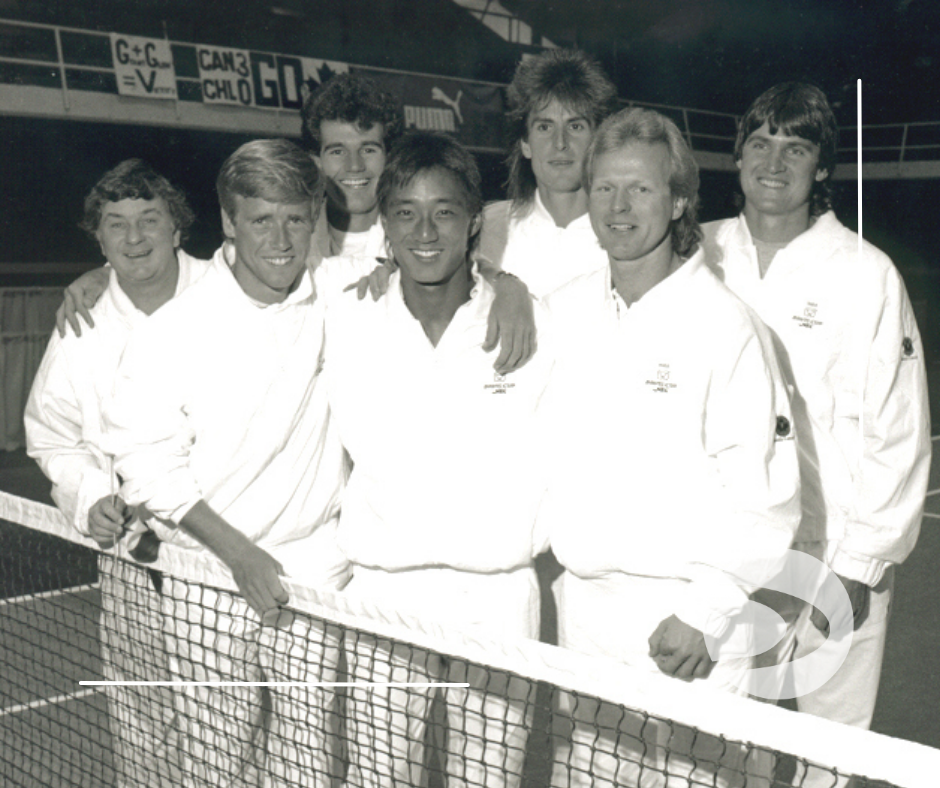
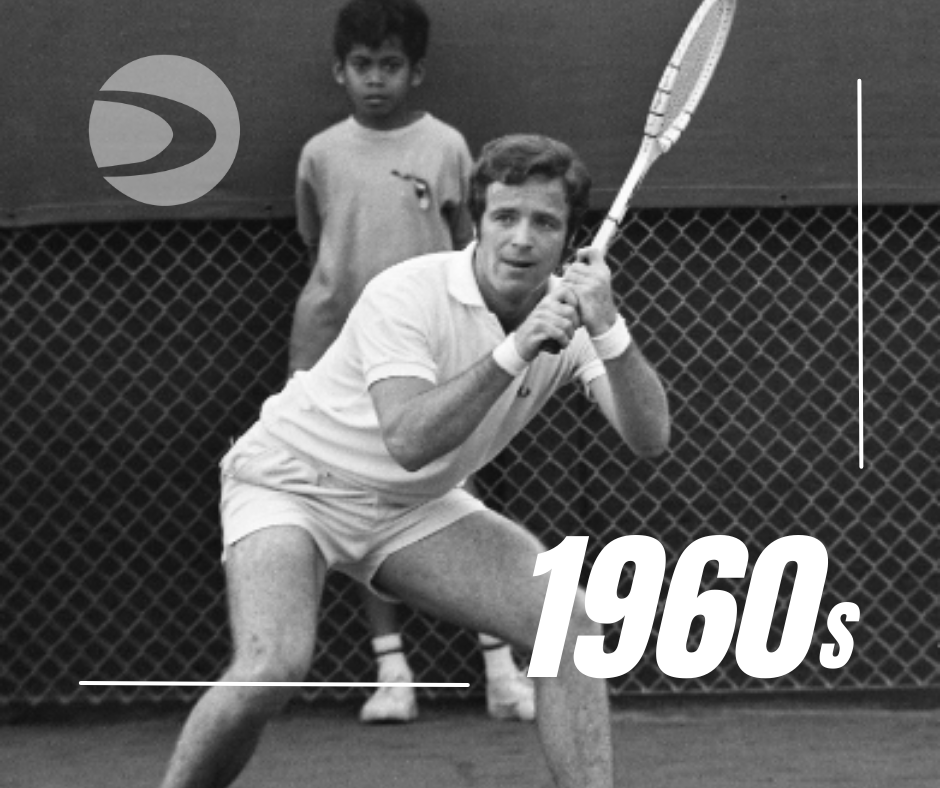

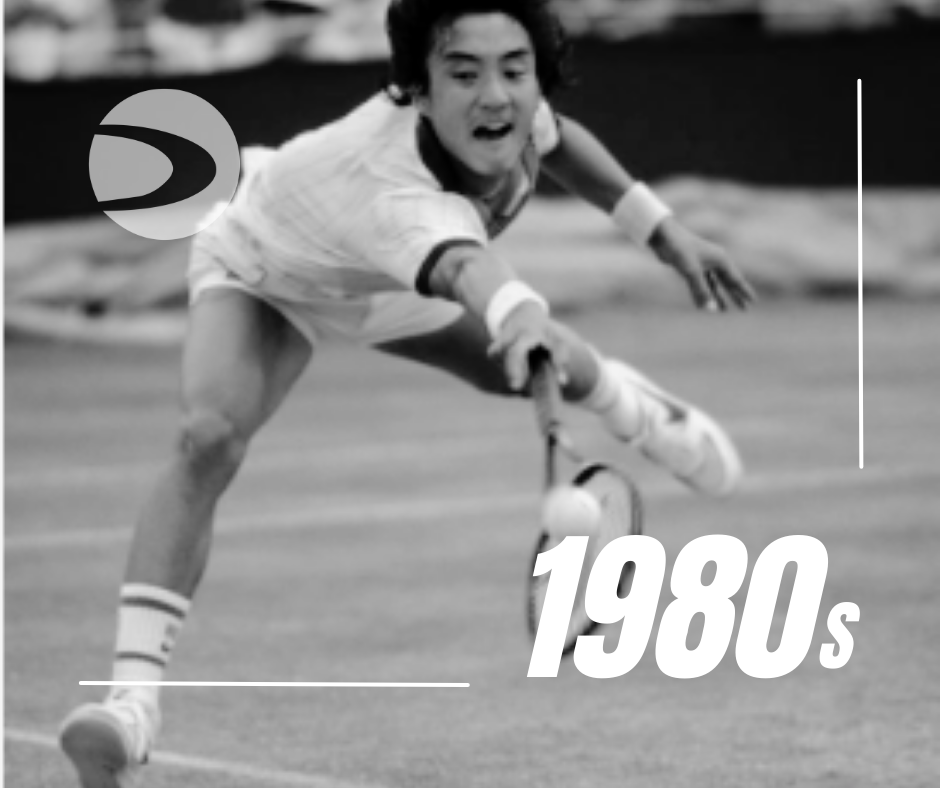
One Response